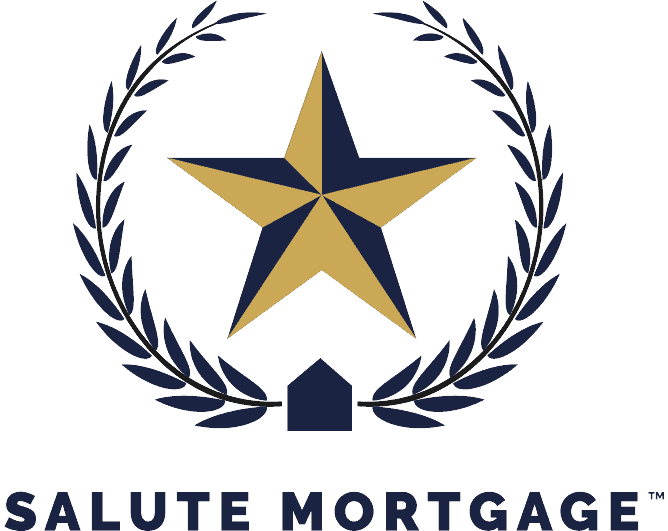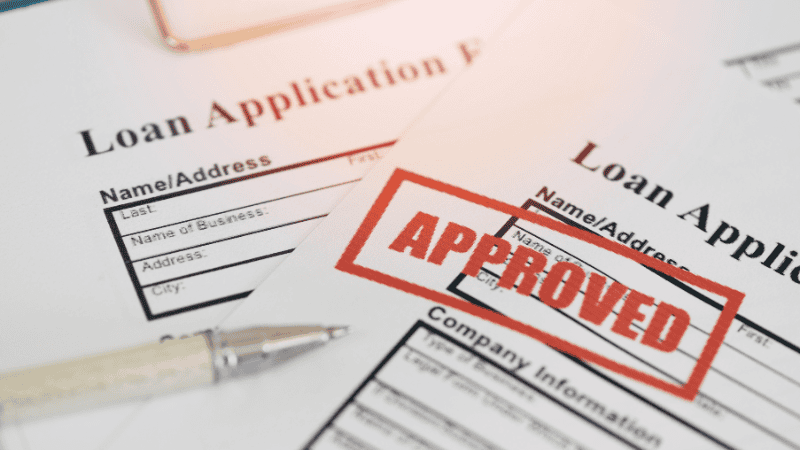Last updated: October 2025
Quick Answer
FHA mortgage insurance (MIP) can’t be canceled like private mortgage insurance (PMI), but you can ditch it by refinancing into a conventional loan.
Once you reach 20% equity, either through market appreciation or extra payments, you may qualify for a no-MIP conventional refinance. Salute Mortgage helps FHA homeowners build a refinance timeline and execute it at the earliest opportunity.
Why FHA mortgage insurance doesn’t automatically go away
FHA loans include Mortgage Insurance Premium (MIP) to protect lenders—not borrowers. Unlike PMI on a conventional loan, MIP doesn’t cancel once you reach 20% equity unless your original down payment was 10% or more.
If you put down less than 10% (which most FHA borrowers do), MIP lasts for the life of the loan, unless you refinance.
FHA MIP includes:
- Upfront MIP: 1.75% of the loan amount, rolled into the loan balance
- Annual MIP: Ongoing monthly payment, typically 0.55% of the loan amount for 30-year terms
This adds hundreds to your monthly payment and thousands in long-term costs.
Let’s Build Your Path to Homeownership
At Salute Mortgage, we combine veteran-led guidance with clear, tactical support—whether you're buying your first home, refinancing, or planning for long-term equity.
Your best option: Refinance into a conventional loan
The only reliable way to remove FHA mortgage insurance is to refinance into a conventional mortgage. Once you reach 20% equity (based on your current appraised value), you can switch to a loan with no mortgage insurance at all.
Benefits of refinancing from FHA to conventional:
- Eliminates monthly MIP permanently
- Reduces your monthly payment if rates are favorable
- Lets you build equity faster
- Removes FHA-specific loan limits and restrictions
Salute Mortgage offers no-cost refinance evaluations to help you calculate when this move becomes viable.
When are you eligible to refinance out of MIP?
There’s no set waiting period to refinance out of an FHA loan. However, most lenders want to see that you’ve made at least six months of on-time payments and that you meet standard refinance guidelines.
You can refinance once:
- You have at least 20% home equity
- You meet conventional credit score requirements and DTI standards
- You have documented income to support the new loan
- A new appraisal confirms the property value
In rapidly appreciating areas of Texas, Florida, and the Southeast, many FHA homeowners reach 20% equity within 12–24 months. That’s well before the 11-year minimum MIP timeline.
What is a conventional refinance?
A conventional refinance replaces your FHA loan with a new conventional mortgage, ideally with a lower rate and no mortgage insurance.
Key features of a conventional refi:
- Requires a new home appraisal
- Typically needs a 620+ credit score
- Uses 20% equity to avoid PMI
- May include closing costs (can be paid upfront or rolled into the loan)
Salute Mortgage helps borrowers estimate equity, qualify under Fannie Mae/Freddie Mac guidelines, and time the refinance for maximum savings.
Building your refinance timeline with Salute
If you closed on your FHA loan in the last 12–36 months, you might already be close to 20% equity, especially if:
- Home values have increased in your area
- You made extra principal payments
- You started with a sizable down payment
Salute Mortgage creates a personalized refinance timeline using:
- Your original loan balance
- Estimated current home value
- Mortgage payoff progress
- Current conventional loan rates
- Estimated monthly savings
This lets you know when to refinance and what paperwork to prepare.
When can FHA MIP be canceled without refinancing
There are two rare situations when MIP can end without a refinance:
- You put down 10% or more: In this case, MIP can drop off after 11 years
- You pay off the loan completely: This ends all interest and insurance costs
However, most FHA buyers use a 3.5% down payment, so lifetime MIP applies. For these borrowers, refinancing is the only way out.
What about FHA streamline refinance—does it remove MIP?
No. An FHA streamline refinance lowers your interest rate but does not eliminate MIP. In fact, you’ll still pay both upfront and monthly premiums, just on a potentially smaller loan amount.
FHA streamline refinances are helpful for rate reduction, but they don’t help if your goal is to get out of MIP completely.
What you need to refinance into a conventional loan
To ditch FHA MIP with a conventional refinance, you’ll need:
- A new home appraisal showing 80% loan-to-value or better
- 620+ credit score (higher scores may get better rates)
- Debt-to-income ratio under 45%
- Stable income and job history
- No recent mortgage lates
Salute Mortgage walks you through the full process, runs your numbers, and helps you decide whether refinancing is the right move, or when it will be.
How much can you save by removing FHA MIP?
Every case is different, but here’s a typical example:
Example:
- FHA loan balance: $280,000
- Monthly MIP: $128
- New appraised value: $350,000 (20%+ equity)
- New rate: 6.25% fixed
- New conventional payment: $180/month lower
- Total monthly savings: $308 (including MIP elimination)
Over five years, that’s $18,480 in potential savings, and it gets even better if you refinance into a shorter loan term.
Ready to stop paying mortgage insurance?
If you’ve been making steady payments on your FHA loan, rising home values may mean you’re ready to refinance and remove mortgage insurance for good.
Salute Mortgage will help you evaluate your equity, run the numbers, and set a timeline to refinance with confidence. You could ditch MIP sooner than you think—and start saving faster than you imagined. Check your refinance options and remove FHA MIP.
FAQ: Remove FHA mortgage insurance
A: Only if your original down payment was 10% or more. In that case, MIP cancels after 11 years. Otherwise, refinancing into a conventional loan is the only way to remove it.
A: Most lenders require at least 20% equity, confirmed by a new appraisal. This means your current loan balance should be no more than 80% of your home’s value.
A: You can refinance as early as 6 months after closing, but most borrowers wait until they’ve built enough equity to qualify for a no-MIP conventional loan.



